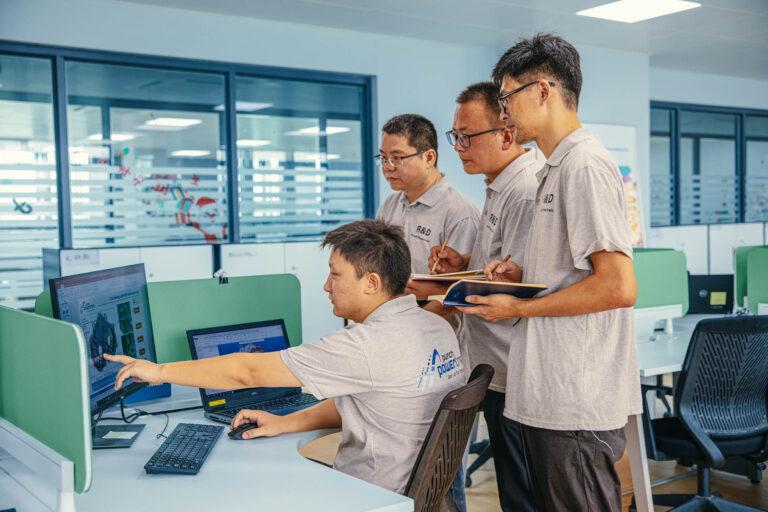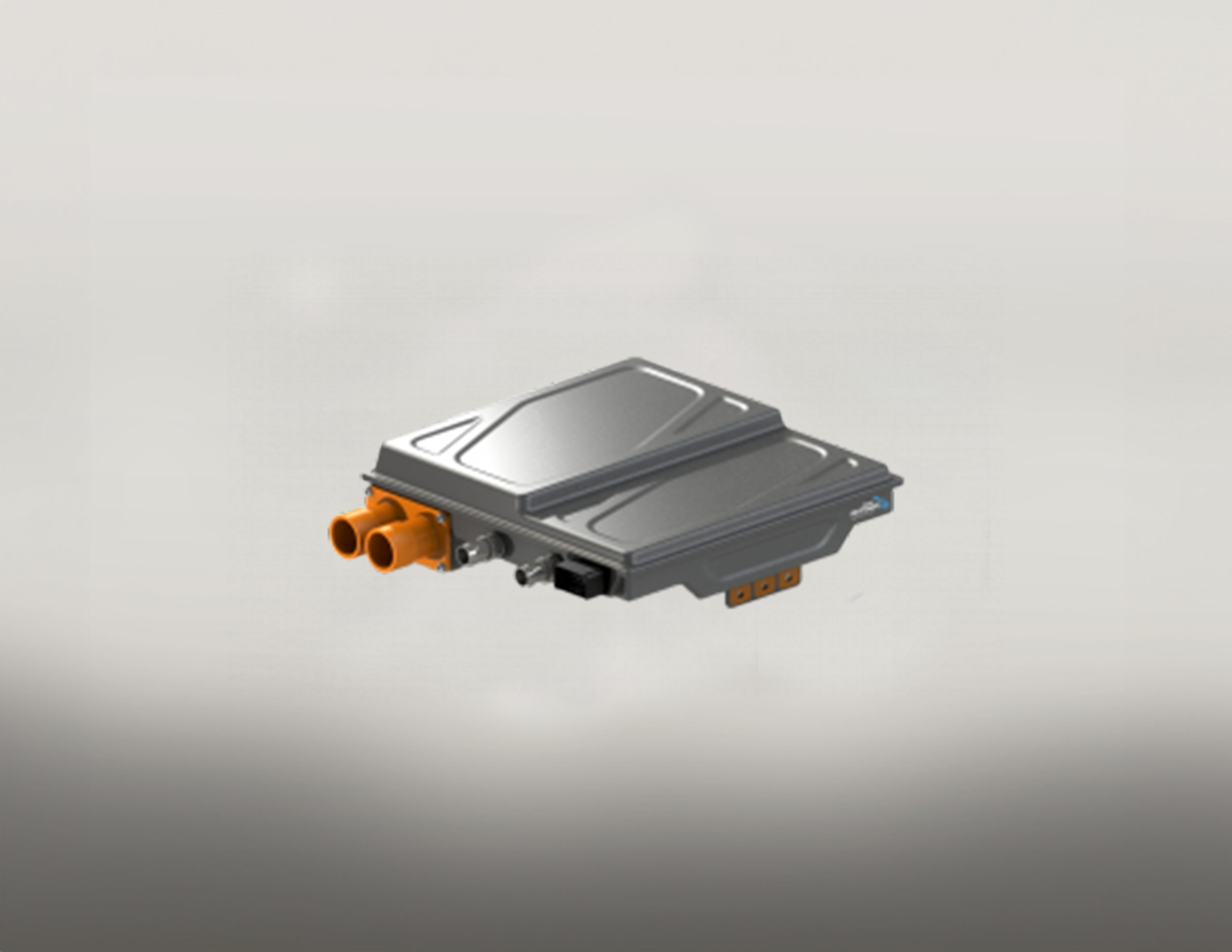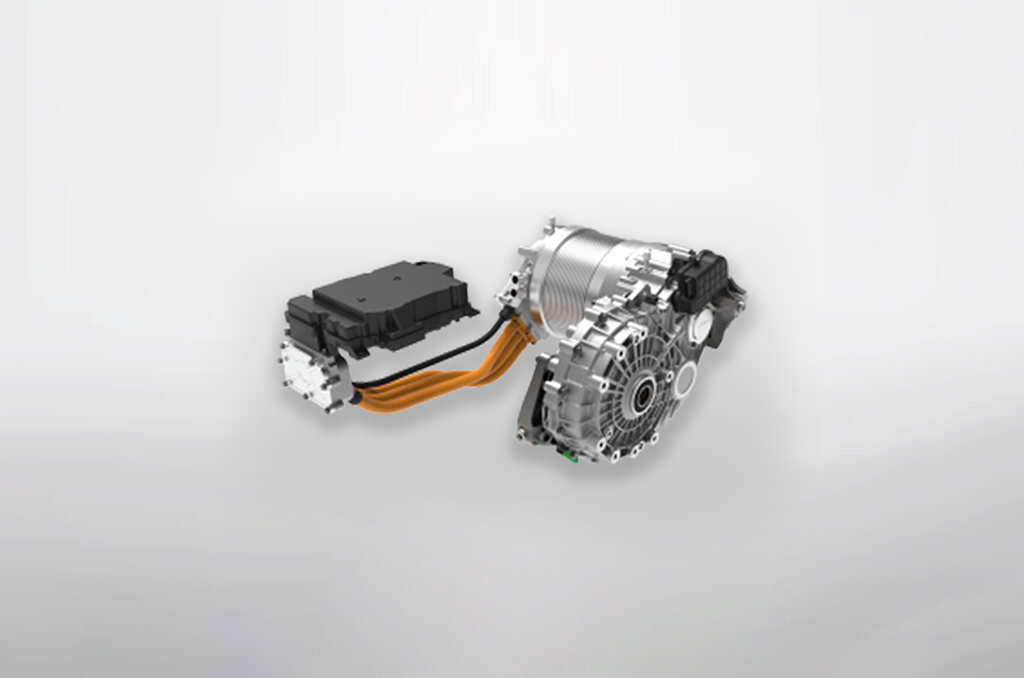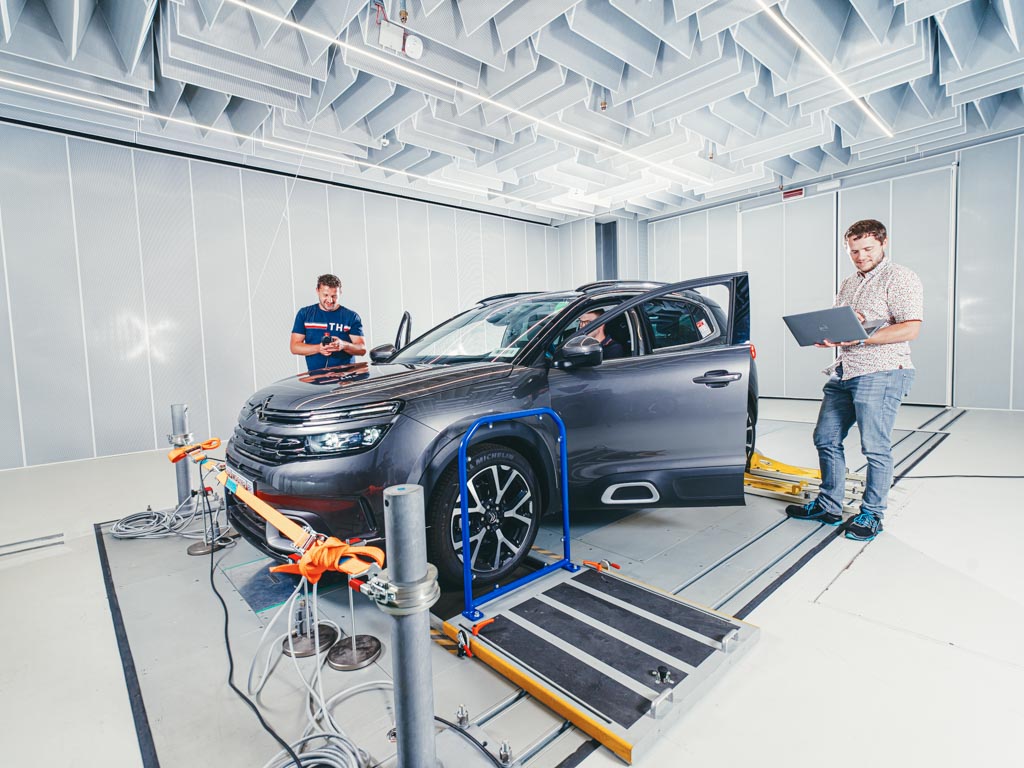- September 28, 2023
Home > News > Innovation > Halbierung der Entwicklungszeit von Reduzierstücken: Umdenken im Maschinenbau für Zeitgewinn
As the competition in the production of reducers is growing increasingly fierce, the development time of domestic reducers in China is gradually shortening. Developing a new reducer from project kick-off to mass production would normally set the current customers back little under two years. Today, Punch Powertrain’s R&D department is exploring the possibility of cutting that time in half without loss of quality.

From design to production
When developing our high-tech reducers, a series of actions and activities precede the production of the final product. Punch Powertrain prides itself in its technological prowess and upkeeps its reputation as industry leader by meticulously following the necessary steps. That being said, we wouldn’t be an industry first if we didn’t try to at least challenge this development cycle.
From A-B-C…
Let’s take our reducer as an example:
After the reducer’s project kick-off, three samples – the so-called A, B and C-samples – would be designed, manufactured and validated. While B’s being built, C’s still being designed while A’s already in the validation phase. The issue here is timing. Because, while it seems there is an overlap between the samples, the design of the B-sample depends on the validation of the A-sample. This results in production having to wait until the C-sample has been completely validated.
To keep up with the fast-paced environment of the industry, Punch Powertrain switched to a development cycle with only two phases, from prototype to Off-The-Shelf (OTS).


…to OTS
To keep up with the fast-paced environment of the industry, Punch Powertrain switched to a development cycle with only two phases, from prototype to Off-The-Shelf (OTS). This approach minimises the development phase via a more agile development procedure. In this procedure, activities are carried out in parallel, lessons learnt are implemented from start to finish and both the sample delivery time and the testing time are shortened, saving a total of 12 months from kick-off to production.
Quality is key
Collaborating on a design platform enables the geartrain force, housing, and gear micro design teams to share their expertise right from the outset during the prototype design phase. This eliminates a lot of trial and error as lessons learnt are implemented. Standardising 2D-drawings adds to the level of accuracy, limiting possible human errors in interpretation when a project is carried over between teams. In order to further eliminate extra cycle time in this phase, some design related activities will be implemented in the prototype development phase in order to further reduce the validation failure risk as much as possible. This saves 6 months time of development, without negatively impacting the overall quality.
Crucial supplier role
As we share our lessons learnt, we do so not only internally, but we make sure they find their way all the way down to the suppliers as well. This, quality checklists and on-site follow-up increases the build quality of the prototypes. Higher quality prototypes in turn bring down the overall quality risk, reducing testing time and cost, and shorten the sample delivery time, resulting in a time gain of one to two months.
In-house testing
Another part of the time-saving equation is the time not spent having to search for third party testing, but using an in-house validation test rig for the physical testing. This was made possible partly because the heightened build quality allows us to use one golden sample to avoid test failure commonly encountered when samples that were made redundant or damaged while still in the testing process. Another contributing factor to the increased test success rate is the use of simulations. Risk analysis is carried out from the design phase onwards, resulting in almost continuous testing throughout with the smallest possible feedback loop to further decrease validation duration.
Developing a high-quality reducer in one year from concept to OTS phase is the current trend of the market in China. In order to achieve this target of high quality, low cost and acceptable short timing, we had to re-evaluate the development process as a whole. Honing all the activities in this process, from working in parallel to increasing the design success rate and involving the suppliers allowed us to not only achieve that goal, but set the bar for future projects.
Punch Powertrain, raising the industry standards once again.


